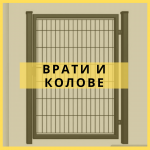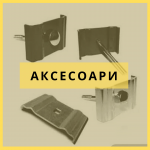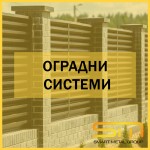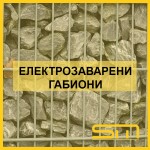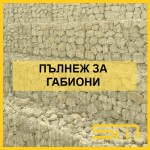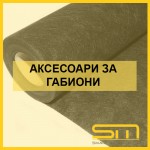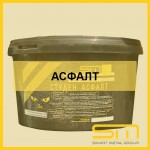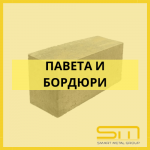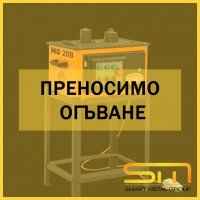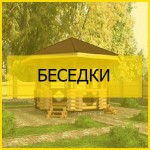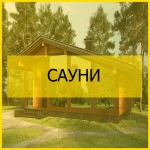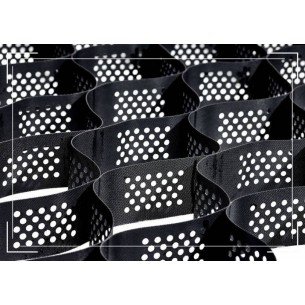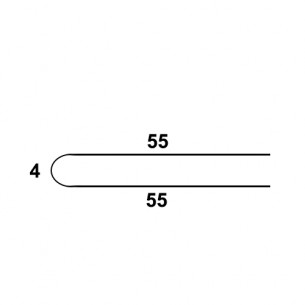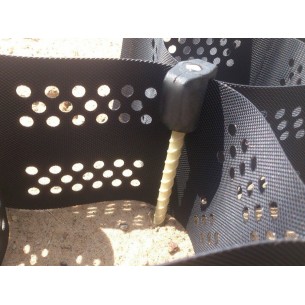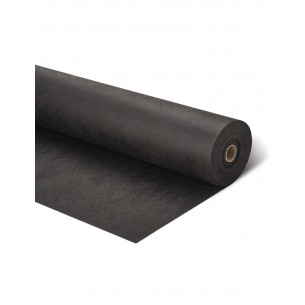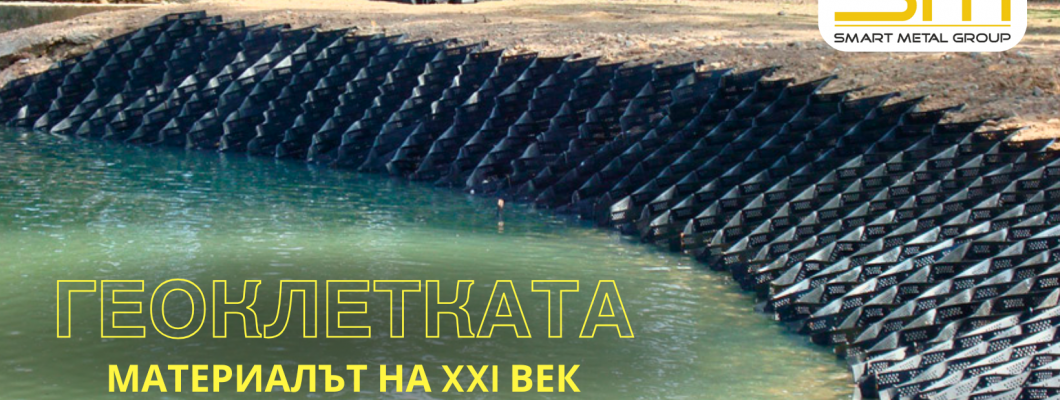
Geocell: The Material of the 21st Century
Geocell is widely recognized as the material of the 21st century. Experts agree that its full potential will unfold only by the mid-century, and a superior alternative is not expected before the end of the century.
Despite its popularity today, in its early days geocell was not widely used. Invented in the mid-20th century, it gained true recognition only at the turn of the millennium, when construction and landscape design boomed. Since then, its applications have expanded significantly: it's now used not only for soil and road stabilization but also for underground structure protection, foundation reinforcement, and—combined with other geosynthetics—for thermal, vapor, and waterproofing insulation.
History of the Invention
The first attempts to reinforce soil using cells date back to the 1920s in France. Wooden beams were formed into cells and filled with bulk materials. This increased landscape durability—briefly—until wood’s susceptibility to environmental factors became apparent.
The breakthrough came in the late 1960s when a French company produced a synthetic material cell. It didn’t rot or degrade, offered stability, and was affordable. Ten years later, European and US companies began manufacturing geocells.
By the 1980s, geocell was actively used in Europe for road and industrial construction and gradually entered agriculture.
Geocell in Eastern Europe and Russia
In the USSR, the material gained popularity through the research of the Road Construction Institute, which studied French prototypes. In the 1970s, "Dornit" geotextile was developed for harsh climates. Later, other geomaterials emerged—basalt masonry mesh, various geotextiles, and early geocell prototypes.
Modern Applications of Geocell
Today, geocell systems are integral to construction and infrastructure:
- Building on weak foundations;
- Roads, embankments, and slope stabilization;
- Landscaping and green spaces;
- Anti-filtration screens and drainage systems;
- Erosion control and terrain stabilization;
- Waterproofing and moisture protection;
- Underground construction reinforcement.
The material is truly universal, durable, and cost-effective—this is why geocells are preferred by designers, investors, and construction companies.
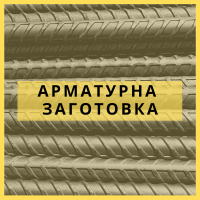
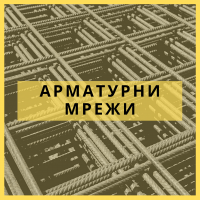
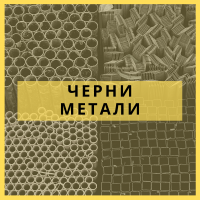

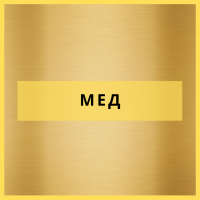



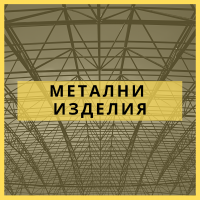
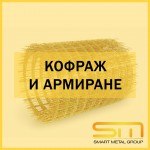


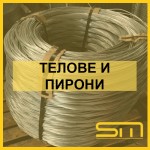
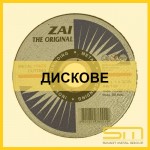
-150x150.png)

